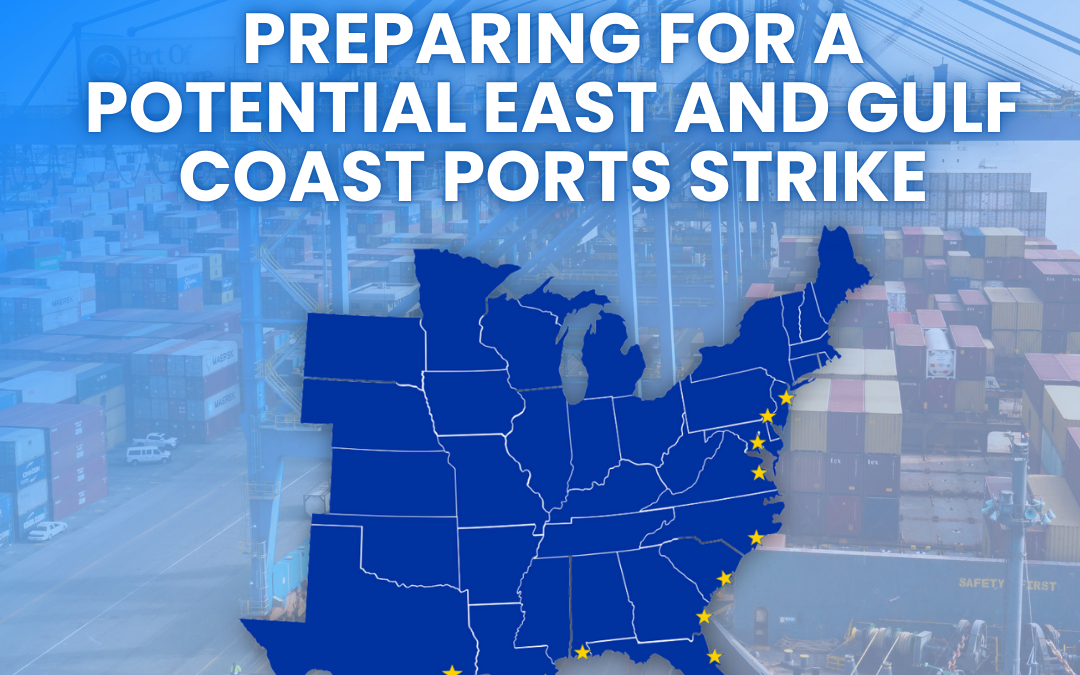
by Scott Frederick | Sep 26, 2024 | News
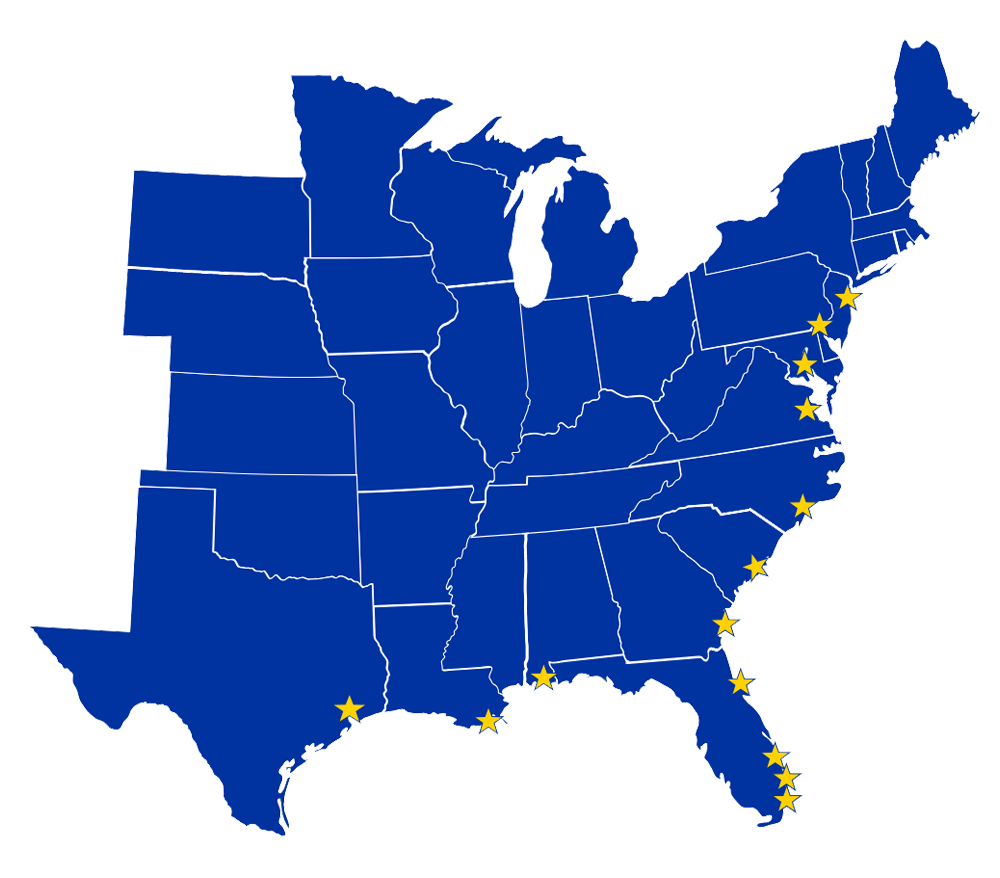 As widely reported, if workers at East and Gulf Coast ports strike on Oct. 1, manufacturing supply chains throughout the U.S. will be severely impacted. The National Association of Manufacturers (NAM) published a very insightful, interactive map of the ports that will be potentially impacted and some interesting import/export facts for many of them. Check it out here:
As widely reported, if workers at East and Gulf Coast ports strike on Oct. 1, manufacturing supply chains throughout the U.S. will be severely impacted. The National Association of Manufacturers (NAM) published a very insightful, interactive map of the ports that will be potentially impacted and some interesting import/export facts for many of them. Check it out here:
https://nam.org/mapping-the-impact-of-a-port-strike-32072
According to NAM, here some key data points:
- More than 68% of all containerized exports and more than 56% of containerized imports flow through East and Gulf Coast ports, representing an average daily trade value of more than $2.1 billion.
- They handle more than 91% of containerized imports and 69% of containerized exports of pharmaceutical products.
- They also process more than 76% of containerized vehicle exports and more than 54% of containerized vehicle imports.
- For air and spacecraft, more than 77% of containerized exports and more than 51% of containerized imports go through these ports.
To prepare for a potential labor strike by the International Longshoremen’s Association (ILA) on the Gulf Coast and East Coast, importers and exporters can consider several contingency plans:
- Reroute Cargo: Explore alternative shipping routes. Ports on the U.S. West Coast, Canada, and Mexico can serve as viable alternatives. For example, cargo can be diverted to ports like Los Angeles, Long Beach, or Vancouver.
- Multi-Coastal Transportation Network: Establish a network that includes multiple coastal gateways. This can involve setting up transload operations or smaller volume operations that can be scaled up if needed.
- Extended Gate Hours: Take advantage of ports extending their gate hours to process as much cargo as possible before any potential strike. Ports like New York, New Jersey, and Savannah are offering extended weekend hours.
- Airfreight Options: For time-sensitive shipments, consider using airfreight, although it comes at a higher cost and with capacity concerns.
- Communication with Ports and Carriers: Stay in close contact with ports and carriers for the latest updates and advisories. Many ports are sharing daily updates about their contingency plans.
- Inventory Management: Increase inventory levels of critical goods to buffer against potential delays. This is especially important for industries relying on just-in-time inventory models.
- Legal and Contractual Preparations: Review contracts and legal agreements to understand the implications of delays and disruptions. Ensure there are clauses that cover force majeure events like strikes.
Working with an experienced capable freight forwarder, like Logistics Plus, importers and exporters can implement the above strategies and better navigate the potential disruptions caused by a labor strike.

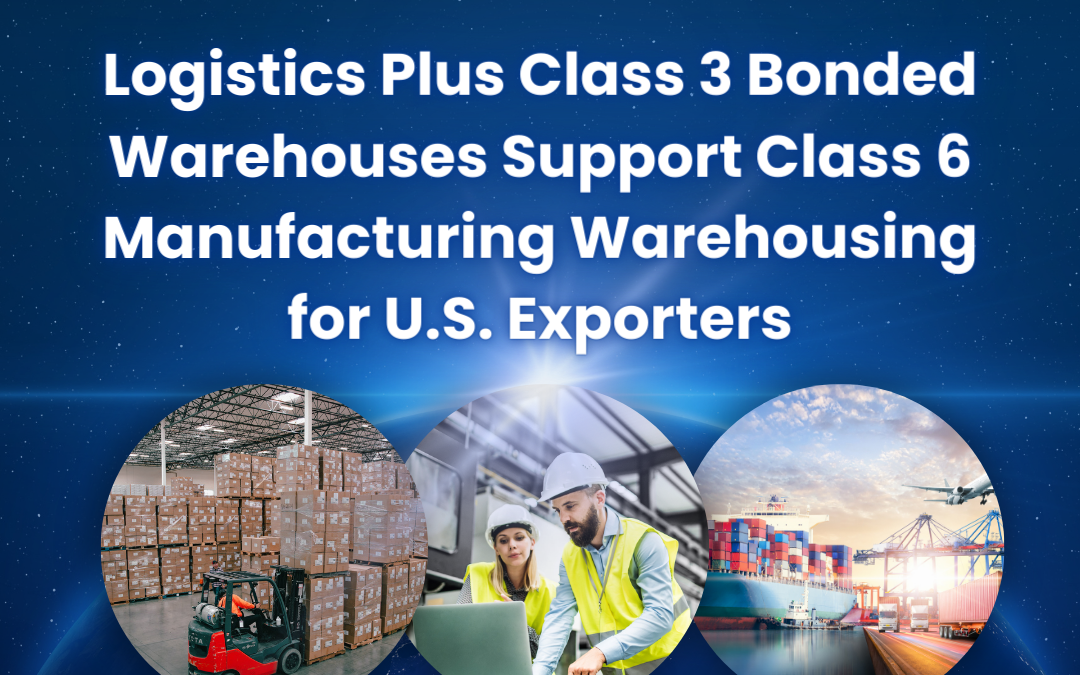
by logisticsplus | Feb 21, 2024 | News
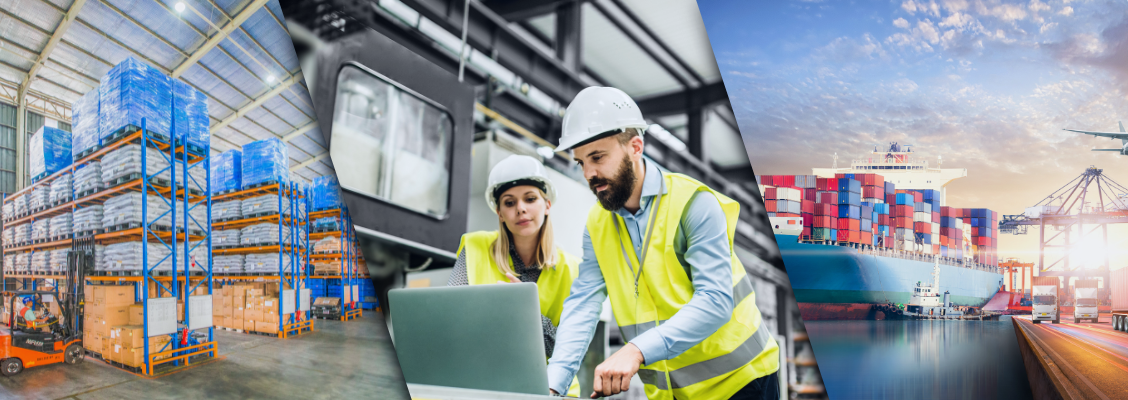

Does your U.S. business import goods that will ultimately be exported to customers outside the United States? If yes, your business might be using a class 6 warehouse, also known as a “manufacturing warehouse” or “bonded manufacturing warehouse.” A class 6 manufacturing warehouse is a special type of bonded facility authorized by customs authorities that allows for the in-bond manufacturing or processing of goods using imported materials or materials subject to internal revenue taxes. These manufactured goods can then be exported or, in some cases, sold domestically under specific regulations.
The import/export benefits of using a class 6 manufacturing warehouse include:
- Reduced duty payments: Importers can defer or even avoid paying import duties on materials used in manufacturing until the finished product is exported. This can significantly improve cash flow and reduce upfront costs.
- Increased flexibility: Importers can adapt their products to different markets or customer specifications by modifying them within the warehouse.
- Improved logistics: By combining import and manufacturing in one location, importers can streamline their supply chain and simplify logistics.
- Enhanced competitiveness: By manufacturing goods closer to the target market, exporters can reduce transportation costs and offer more competitive prices.
- Increased control over quality: Exporters can ensure product quality by directly overseeing the manufacturing process within the warehouse.
- Access to new markets: Manufacturing in a bonded warehouse can help exporters comply with specific import regulations in certain countries, opening up new market opportunities.
It’s important to note that:
- Class 6 manufacturing warehouses have specific regulations and requirements established by customs authorities. Obtaining and maintaining a license can be complex (if needed, Logistics Plus can help).
- Not all types of goods are eligible for manufacturing in a class 6 warehouse (Logistics Plus can help you determine whether your goods are eligible).
- Recordkeeping and security protocols are stringent within these facilities (Again, Logistics Plus can help with some or all of this).
Overall, class 6 warehouses can offer significant benefits to importers and exporters seeking to optimize their supply chains, reduce costs, and access new markets. They also work well in tandem with class 3 warehouses.
Logistics Plus currently has a class 3 bonded warehouse in Strongsville, OH (Cleveland), with additional class 3 manufacturing warehouses available soon in Chicago, IL; Dallas, TX; Memphis, TN; and Phoenix, AZ. Logistics Plus can help import goods and store them at one of our class 3 bonded warehouses until they are ready to go to your class 6 warehouse for final manufacturing and export. If you currently don’t have a class 6 warehouse, Logistics Plus can help find or staff one for you.
Check out this U.S. CBP online guide to the various classes of bonded warehouses.
Contact Us to learn more about Logistics Plus warehouse solutions.

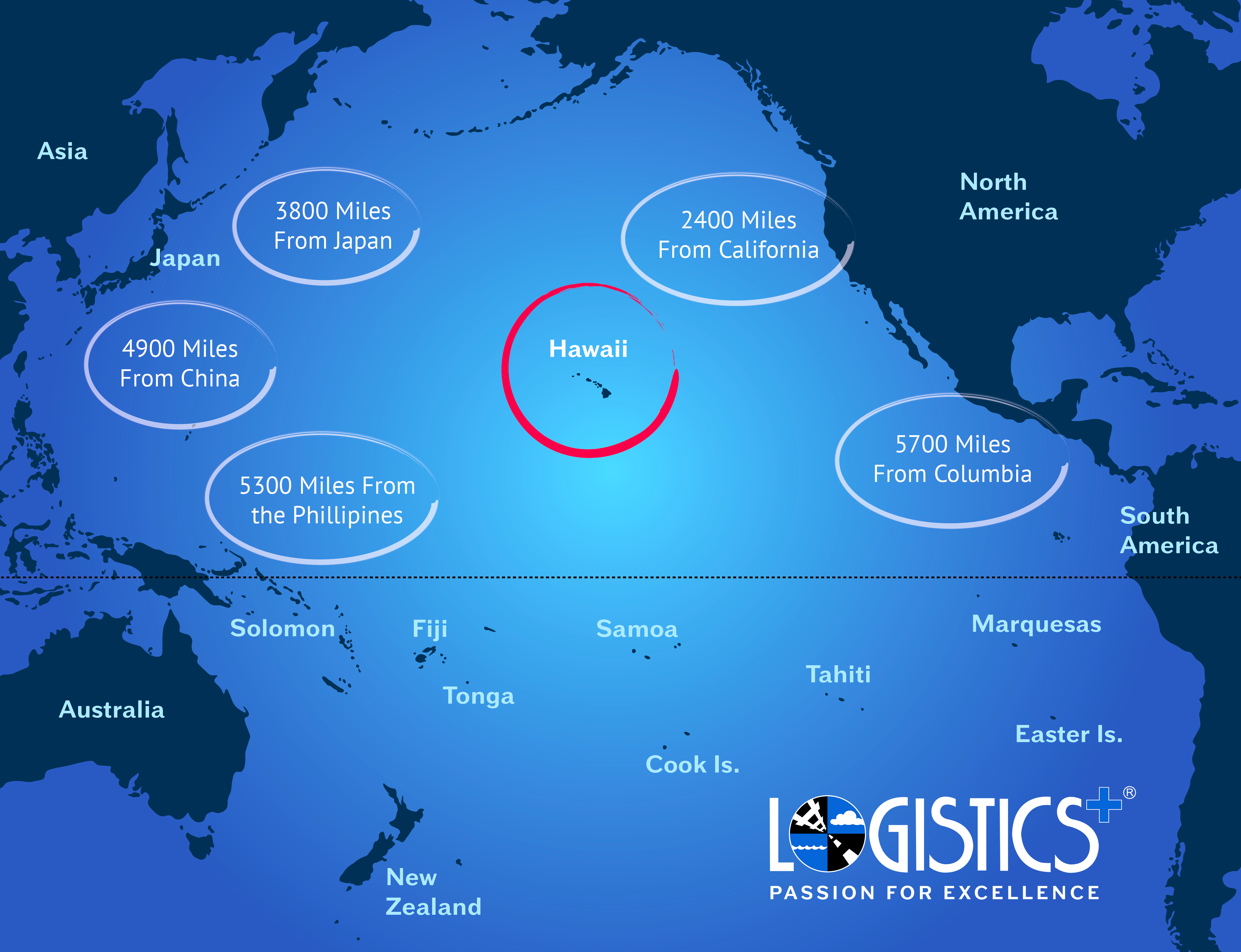
by logisticsplus | Oct 6, 2022 | News
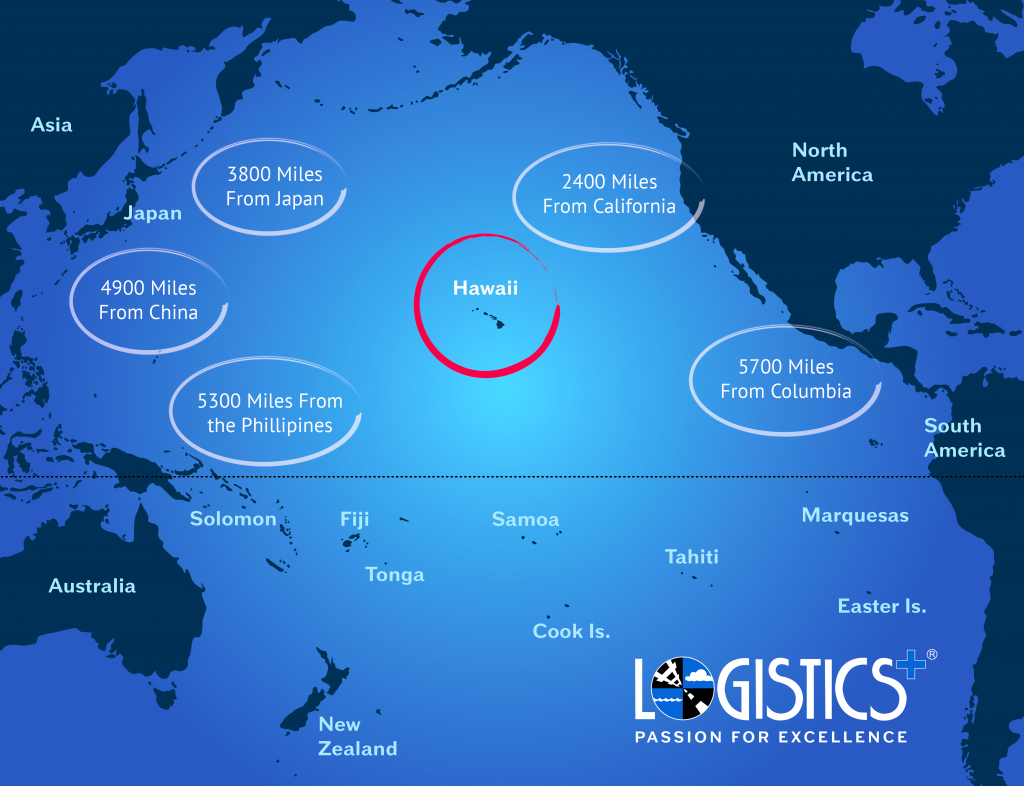
(Click the map to enlarge)
Hawaii is home to ten commercial harbors, eleven commercial airports, and roughly 2,500 miles of roads, making it an ideal hub for trade. In 2018, Hawaii exported $660 million of Made-in-America goods worldwide. The top contributors to the state’s economy are real estate, tourism, construction, and government, including the U.S. military. The island is now the commercial and transportation hub for intra-island commerce and the primary link to the United States mainland, the Far East, and the Pacific Rim economies.
The port of Honolulu is located just three miles from Honolulu International Airport and supplements shipping and intermodal transportation of people and products. The port has come a long way since a sunken ship hull was used as a wharf in the early development of the harbor. The port handles roughly 11 million tons of cargo annually and processes dry and liquid bulk, breakbulk cargo, and passenger and fishing ships. The harbor is also a vital passenger destination for leisure, research, and fishing vessels.
Roughly equidistant between the pacific coast on the U.S. mainland and Japan, the Port of Honolulu serves as a refueling hub for trans-Pacific shipping. Hawaii’s importance to these economies has been solidified as Japan, South Korea, the Philippines, Sri Lanka, and Thailand all maintain consulates on the island.
The 1920 Jones Act requires that all cargo transported between U.S. ports be on U.S. flagged ships, built and mostly owned and crewed by Americans. As a result, only three U.S. flagged carriers with a fleet of twenty combined vessels, specifically designed to accommodate the needs of Hawaii transportation commerce, currently provide regularly scheduled shipping services between the U.S. Mainland and Hawaii.
Hawaii is also home to Foreign Trade Zone #9, which promotes business through on-site services such as customs brokers, shipping agents, tariff reduction programs, warehousing, and offices for the international trade community.
Logistics Plus recently opened a new branch office in Honolulu, Hawaii. The new LP Hawaii branch specializes in the movement of project cargo, international freight, warehousing, FF&E projects, and other supply chain-related projects. If you ship to or from Hawaii, or if you have a supply chain that spans the Pacific Ocean, contact us to learn more.

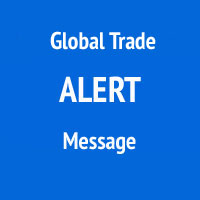
by logisticsplus | Jun 10, 2021 | News
 Global Trade Alert Message:
Global Trade Alert Message:
Importers must now use product-specific templates to certify compliance to the U.S. Department of Energy before distributing a basic model to commerce in the United States and annually thereafter. These templates must then be submitted electronically to the Department through the Compliance Certification Management System.
Some of the products that require certification include refrigerators, air conditioners, heat pumps, water heaters, microwaves, televisions, lamps, and more appliances. The instructions for completing product-specific templates can be found here.
The full article can be found on the U.S. Department of Energy website here: www.regulations.doe.gov/ccms/templates


by logisticsplus | Nov 19, 2020 | News
Logistics Plus Expands Importer of Record Services to over 190 Countries
Services cater to manufacturers, network security firms, cloud service providers, and value-added resellers across many industries.
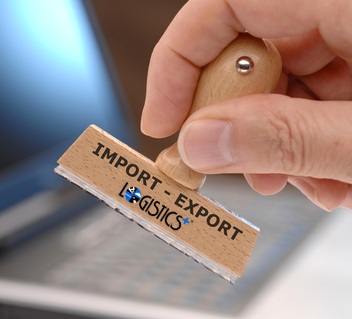 ERIE, PA (November 19, 2020) – Logistics Plus Inc., a leading worldwide provider of transportation, logistics, and supply chain solutions, has announced an expansion of its Importer of Record (IOR) and Exporter of Record (EOR) services to and from more than 190 countries around the world. Logistics Plus has been providing IOR and EOR services to its global technology clients for several years but has since expanded its capabilities into other industries and additional countries. The newly augmented operation is headed up by an experienced team based in Erie, Pennsylvania, with support from the company’s offices and agents around the world.
ERIE, PA (November 19, 2020) – Logistics Plus Inc., a leading worldwide provider of transportation, logistics, and supply chain solutions, has announced an expansion of its Importer of Record (IOR) and Exporter of Record (EOR) services to and from more than 190 countries around the world. Logistics Plus has been providing IOR and EOR services to its global technology clients for several years but has since expanded its capabilities into other industries and additional countries. The newly augmented operation is headed up by an experienced team based in Erie, Pennsylvania, with support from the company’s offices and agents around the world.
IOR/EOR service providers are companies that take on the responsibility for an import or export shipment. Services include obtaining necessary import/export licenses, preparing the required paperwork, providing compliance checks, arranging for customs clearance, and assisting with all other aspects of the logistics.
 “Shipping high-value products like technology equipment or servers globally is complex for even the most experienced logistics experts,” said Yuriy Ostapyak, COO and director of global operations for Logistics Plus. “These types of shipments are often highly regulated and require expensive import permits and local knowledge to avoid costly fines or delays. Logistics Plus has both the experience and expertise as an Importer of Record for a variety of clients, and our expanded services in this area will allow us to now help additional importers and exporters around the world.”
“Shipping high-value products like technology equipment or servers globally is complex for even the most experienced logistics experts,” said Yuriy Ostapyak, COO and director of global operations for Logistics Plus. “These types of shipments are often highly regulated and require expensive import permits and local knowledge to avoid costly fines or delays. Logistics Plus has both the experience and expertise as an Importer of Record for a variety of clients, and our expanded services in this area will allow us to now help additional importers and exporters around the world.”

Comments from Kortnie Harmle
Visit www.logisticsplus.com/ior-services for additional information.
About Logistics Plus Inc.
Logistics Plus Inc. provides freight transportation, warehousing, fulfillment, global logistics, business intelligence technology, and supply chain management solutions through a worldwide network of talented and caring professionals. The company was founded over 24 years ago in Erie, PA, by local entrepreneur Jim Berlin. Today, Logistics Plus is a highly regarded, fast-growing, and award-winning transportation and logistics company. With a Passion For Excellence™, its employees put the “plus” in logistics by doing the big things properly, plus the countless little things, that together ensure complete customer satisfaction and success.
The Logistics Plus® network includes offices, warehouses, and agents located in Erie, PA; Akron, OH; Buffalo, NY; Chicago, IL; Chino, CA; Cleveland, OH; Dallas, TX; Des Moines, IA; Detroit, MI; Fort Worth, TX; Haslet TX; Houston, TX; Laredo, TX; Lexington, NC; Los Angeles, CA; Melbourne, FL; Nashville, TN; New York, NY; Olean, NY; San Francisco, CA; Australia; Bahrain; Belgium; Canada; China; Colombia; Czech Republic; Egypt; France; Germany; India; Indonesia; Japan; Kazakhstan; Kenya; Libya; Mexico; Netherlands; Poland; Saudi Arabia; Taiwan; Turkey; UAE; Ukraine; Uganda; and United Kingdom; with additional agents around the world. For more information, visit www.logisticsplus.com or follow @LogisticsPlus on Twitter.
Media Contact:
Scott G. Frederick
Vice President, Marketing
Logistics Plus Inc.
(814) 240-6881
scott.frederick@logisticsplus.com
Click the image below to download the Logistics Plus logo:


 As widely reported, if workers at East and Gulf Coast ports strike on Oct. 1, manufacturing supply chains throughout the U.S. will be severely impacted. The National Association of Manufacturers (NAM) published a very insightful, interactive map of the ports that will be potentially impacted and some interesting import/export facts for many of them. Check it out here:
As widely reported, if workers at East and Gulf Coast ports strike on Oct. 1, manufacturing supply chains throughout the U.S. will be severely impacted. The National Association of Manufacturers (NAM) published a very insightful, interactive map of the ports that will be potentially impacted and some interesting import/export facts for many of them. Check it out here:











